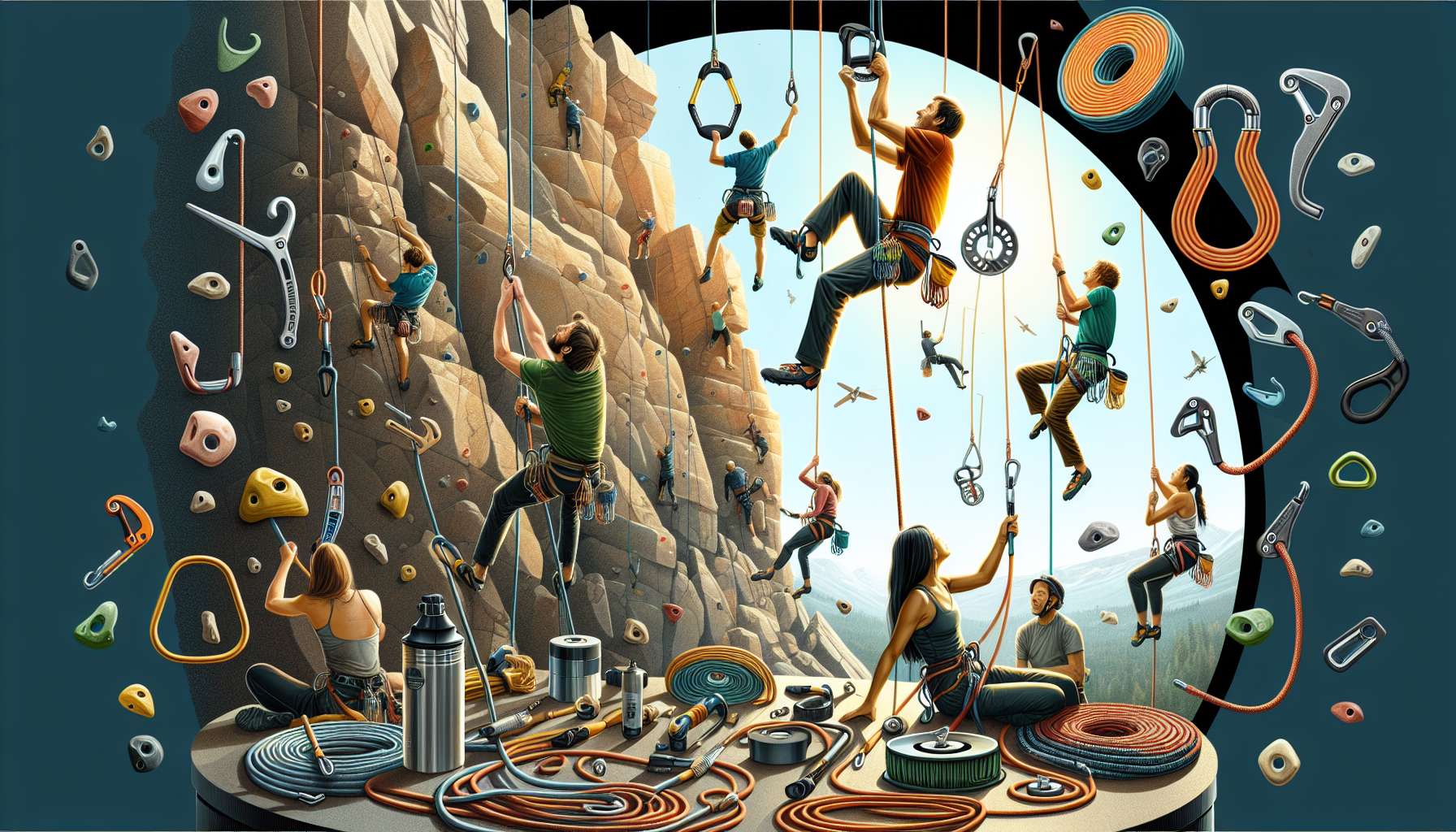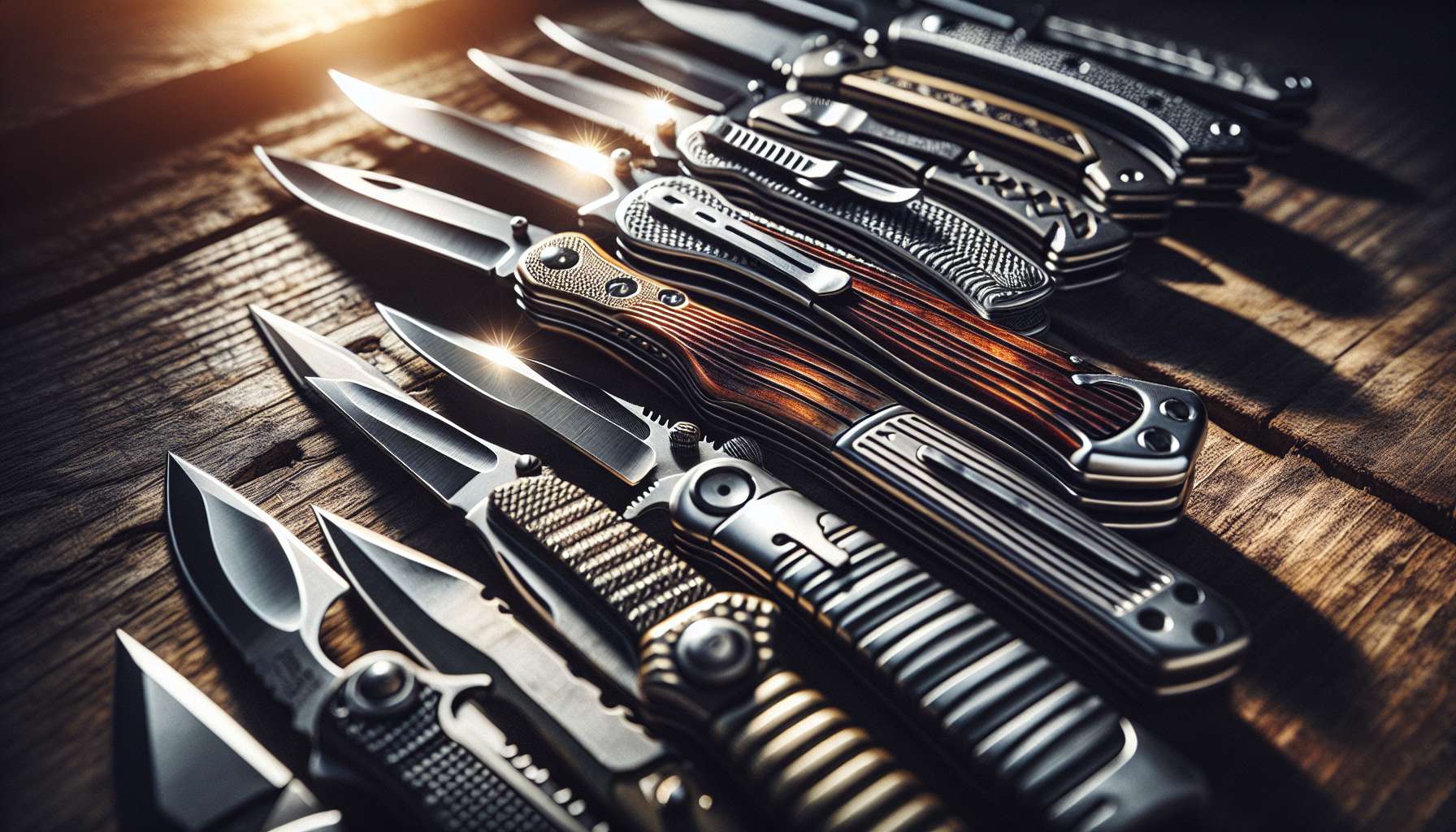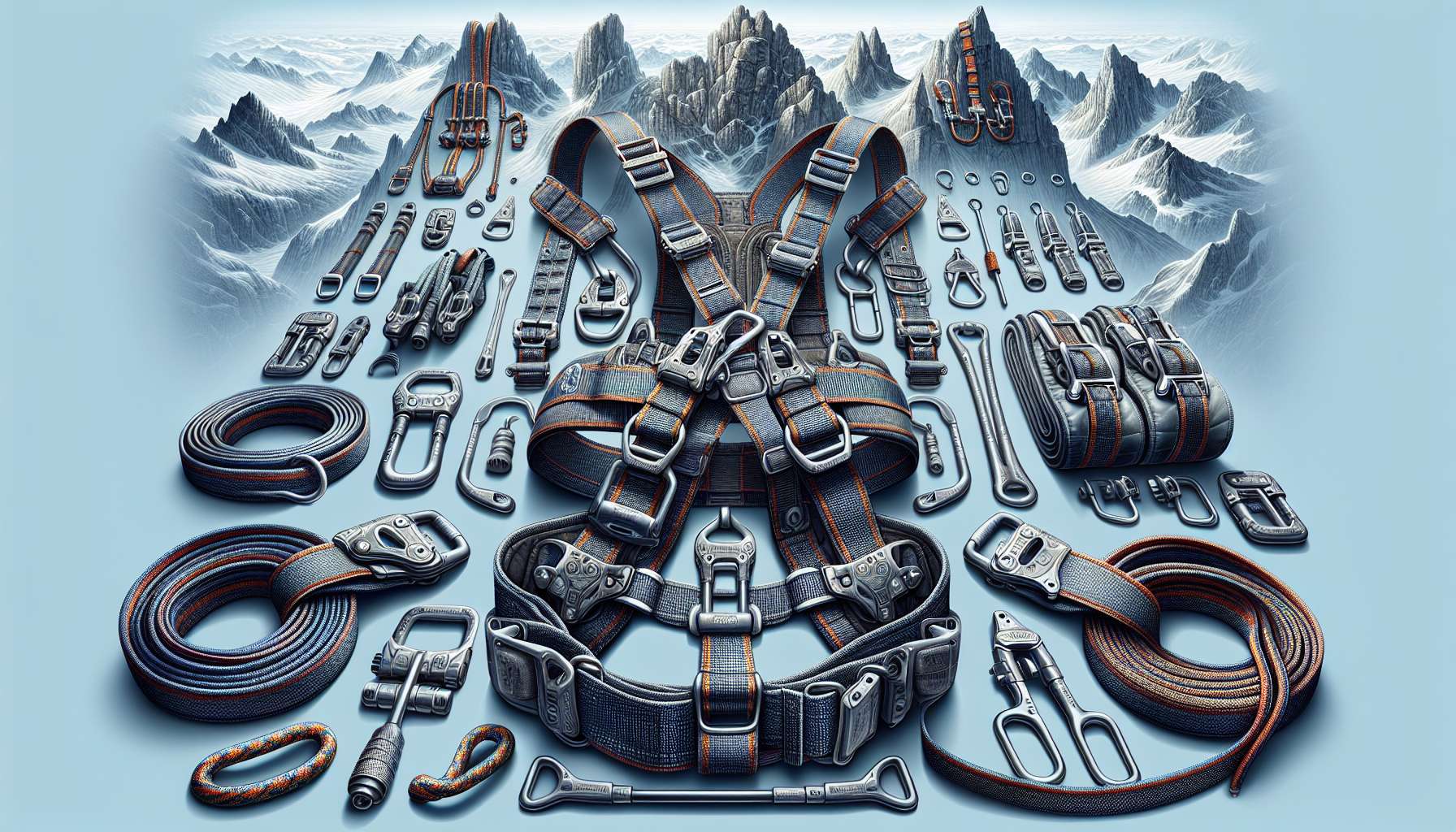Belay Devices: A Comprehensive Guide to Safety and Efficiency
Rock climbing, a thrilling and challenging sport, requires not only physical strength and mental focus but also the right equipment to ensure safety and success. Among the essential tools in a climber’s arsenal are belay devices. These devices play a crucial role in protecting climbers from falls and providing a means of controlling the rope during ascent and descent. In this comprehensive guide, we will explore the ins and outs of belay devices, from their history and types to their importance and proper usage.
The Evolution of Belay Devices
Before the invention of modern belay devices, climbers relied on rudimentary methods such as tying off the rope around their waist or using a hip belay. These techniques, while effective to some extent, were not without risks and limitations. The need for a safer and more efficient way to belay climbers led to the development of specialized belay devices.
One of the earliest belay devices, known as the Sticht plate, was invented by Fritz Sticht in the 1970s. This simple metal plate had slots for the rope to pass through, allowing the belayer to control the friction and speed of the rope. Over time, new designs and technologies were introduced, leading to the creation of a wide range of belay devices that catered to different climbing styles and preferences.

Types of Belay Devices
Today, climbers have a plethora of options when it comes to choosing a belay device. The two primary categories of belay devices are passive and active devices. Passive belay devices, such as tubular devices and figure-eight descenders, rely on the friction generated by the rope passing through the device to control the descent. These devices are simple to use and are popular among beginners and traditional climbers.
On the other hand, active belay devices, such as assisted-braking devices and auto-blocking devices, feature mechanisms that assist the belayer in controlling the rope and arresting falls. These devices offer increased safety and are favored by sport climbers and those seeking a higher level of control and security.
Choosing the Right Belay Device
When selecting a belay device, climbers should consider several factors such as the type of climbing they will be doing, their experience level, and personal preferences. For beginners, a basic tubular device like the Black Diamond ATC is a popular choice due to its simplicity and versatility. More experienced climbers may opt for an assisted-braking device such as the Petzl GriGri for added safety and control during challenging climbs.
It is essential to read the manufacturer’s instructions and guidelines for each belay device to ensure proper usage and maintenance. Using the wrong type of belay device or using it incorrectly can lead to accidents and injuries. Always practice with a new belay device in a controlled environment before using it in a real climbing situation.

Proper Belay Techniques
While having the right belay device is crucial, mastering proper belay techniques is equally important for ensuring safety on the rock. Belaying is a skill that requires focus, communication, and attention to detail. Before starting a climb, partners should establish clear signals and communication protocols to ensure smooth and effective belaying.
Some essential belay techniques include the PBUS method (Pull, Brake, Under, Slide), which provides a systematic approach to controlling the rope during a fall. Additionally, climbers should always keep a firm grip on the brake strand of the rope, maintain a backup hand position, and stay attentive to the climber’s movements and signals.
Advanced Belay Devices and Technologies
As climbing technology continues to evolve, new and advanced belay devices and technologies are being introduced to the market. Devices like the Petzl GriGri+ feature additional safety features such as anti-panic handles and improved camming mechanisms for smoother rope management.
Some climbers are also exploring the use of assisted-rescue devices like the Petzl Rescucender, which can be used for ascending the rope in rescue situations or for self-rescue scenarios. These devices offer added versatility and functionality for climbers who engage in technical and challenging climbs.
Safety Considerations and Best Practices
While belay devices are designed to enhance safety and control during climbing, accidents can still occur if proper precautions are not taken. Climbers should always inspect their belay devices for wear and damage before each use and replace them as needed. It is also essential to use appropriate locking carabiners and anchor systems to ensure a secure belay setup.
Regular training and practice of belay techniques are crucial for maintaining proficiency and readiness in case of an emergency. Climbers should also stay informed about the latest developments in belay device technology and safety standards to ensure they are using the most up-to-date equipment and practices.
Expert Opinions
We reached out to professional climbers and instructors for their insights on belay devices and safety protocols. Alex Honnold, renowned free solo climber, emphasized the importance of thorough training and practice when using belay devices. He stated, “Belay devices are like any other piece of climbing gearthey are only as effective as the person using them. Proper training and attention to detail are paramount in ensuring a safe and successful climb.”
Emily Harrington, a professional climber and coach, shared her thoughts on the evolution of belay devices and their impact on climbing safety. She commented, “Belay devices have come a long way in terms of design and functionality. Today’s climbers have a wide range of options to choose from, each offering unique features and benefits. It’s essential for climbers to stay informed and educated on the latest developments to make informed decisions about their gear.”
Conclusion
As we wrap things up, it is clear that belay devices play a crucial role in ensuring the safety and success of climbers in various environments and scenarios. From the early days of rudimentary belay techniques to the advanced technologies of today, belay devices have evolved to meet the needs and demands of modern climbers.
Choosing the right belay device, mastering proper belay techniques, and staying informed about safety considerations are essential steps for climbers to enjoy the sport safely and responsibly. Whether you are a beginner learning the ropes or an experienced climber pushing your limits, belay devices are a fundamental tool that should not be overlooked.
Remember, safety always comes first in climbing, and having the right belay device can make all the difference between a successful climb and a potentially dangerous situation. So, next time you gear up for a day of climbing, make sure to check your belay device, practice your belay techniques, and climb on with confidence and peace of mind.




